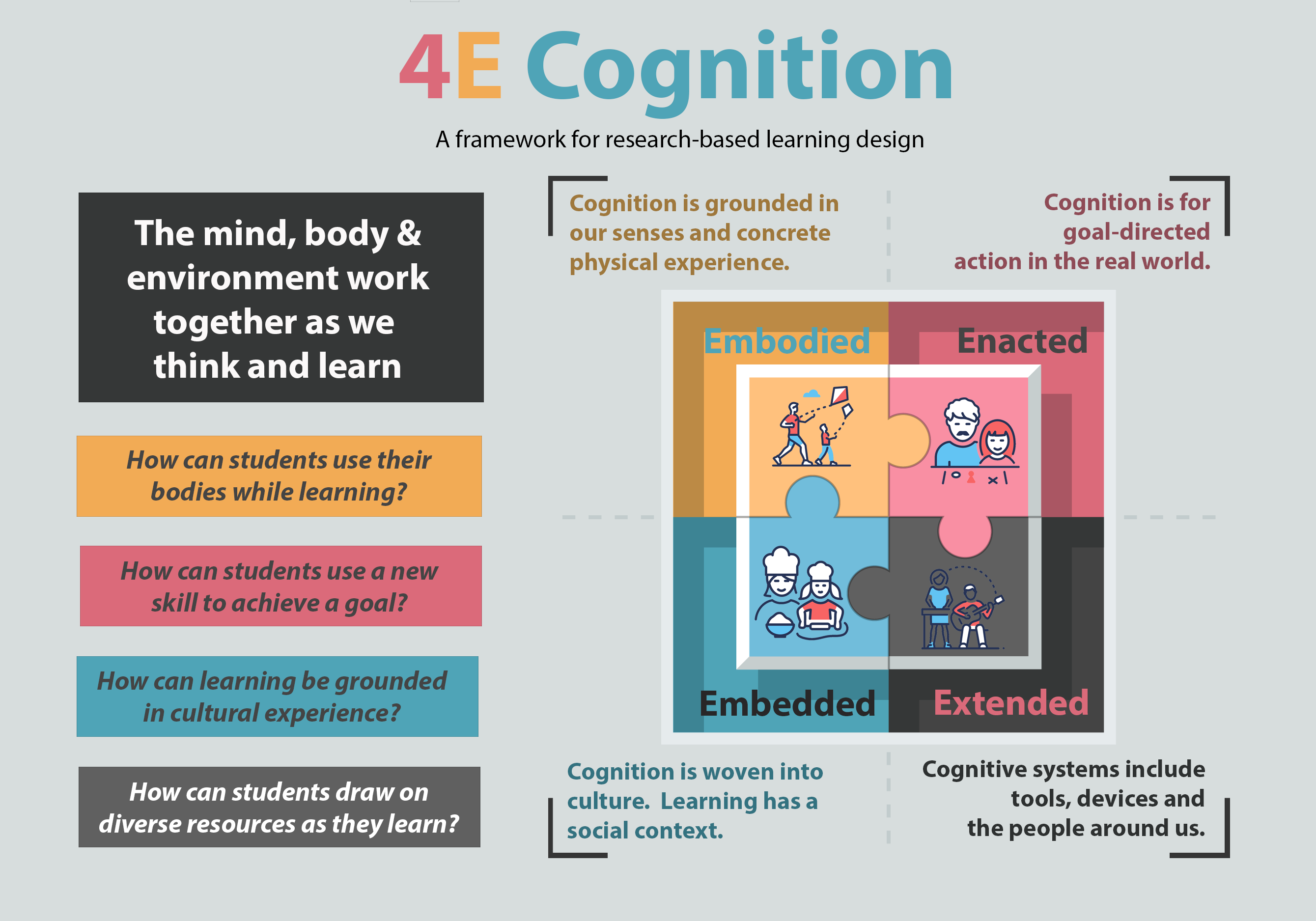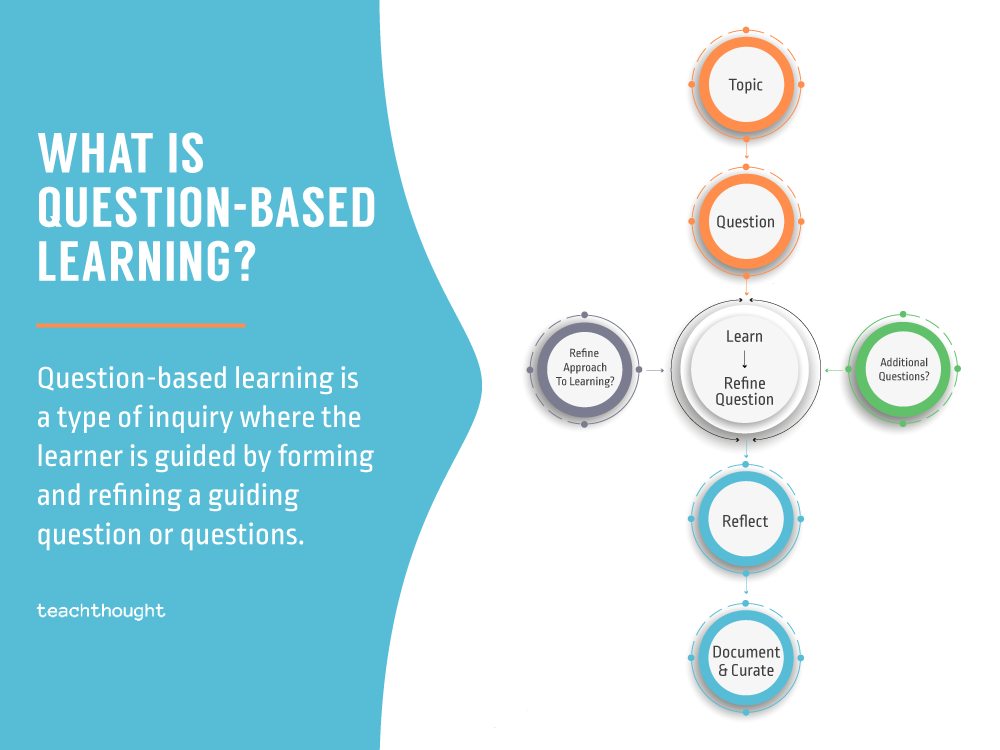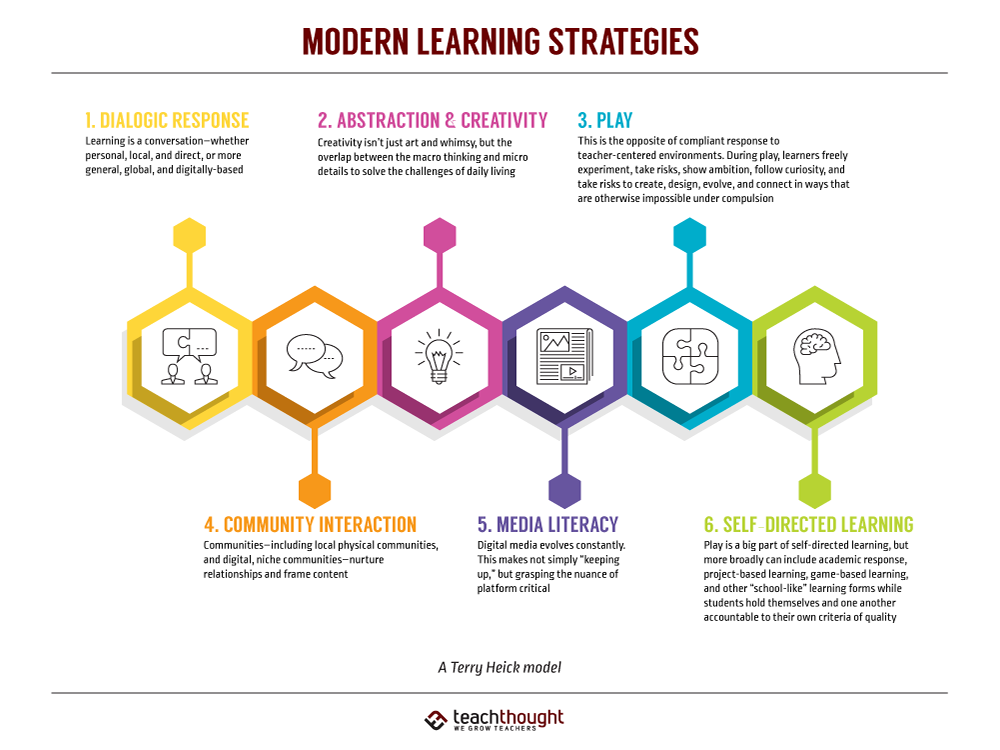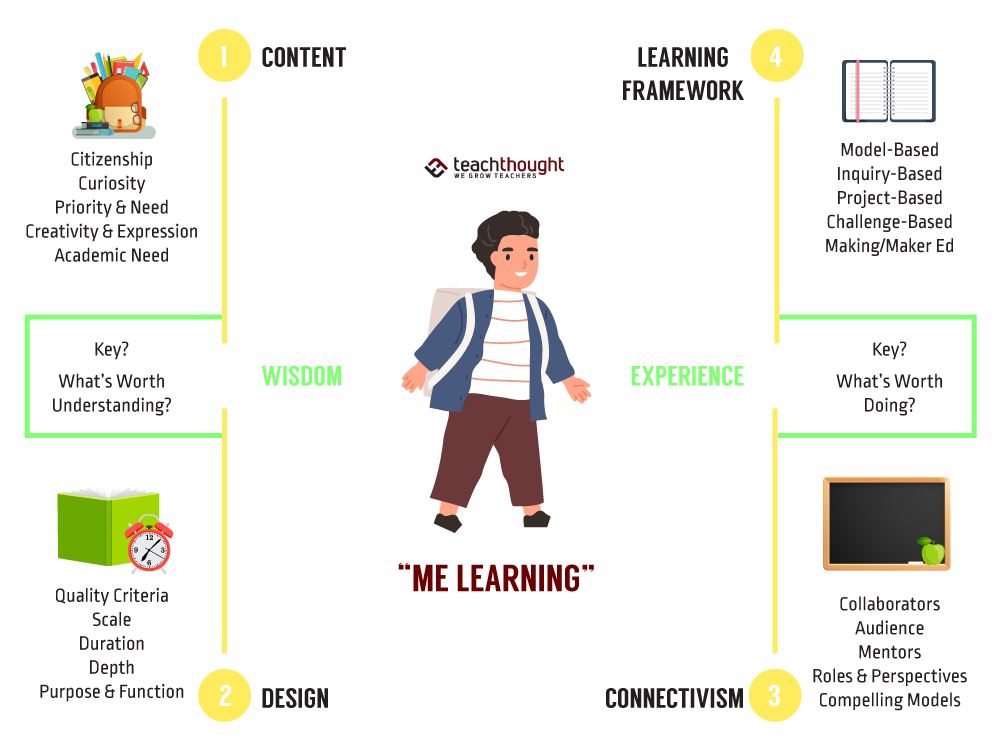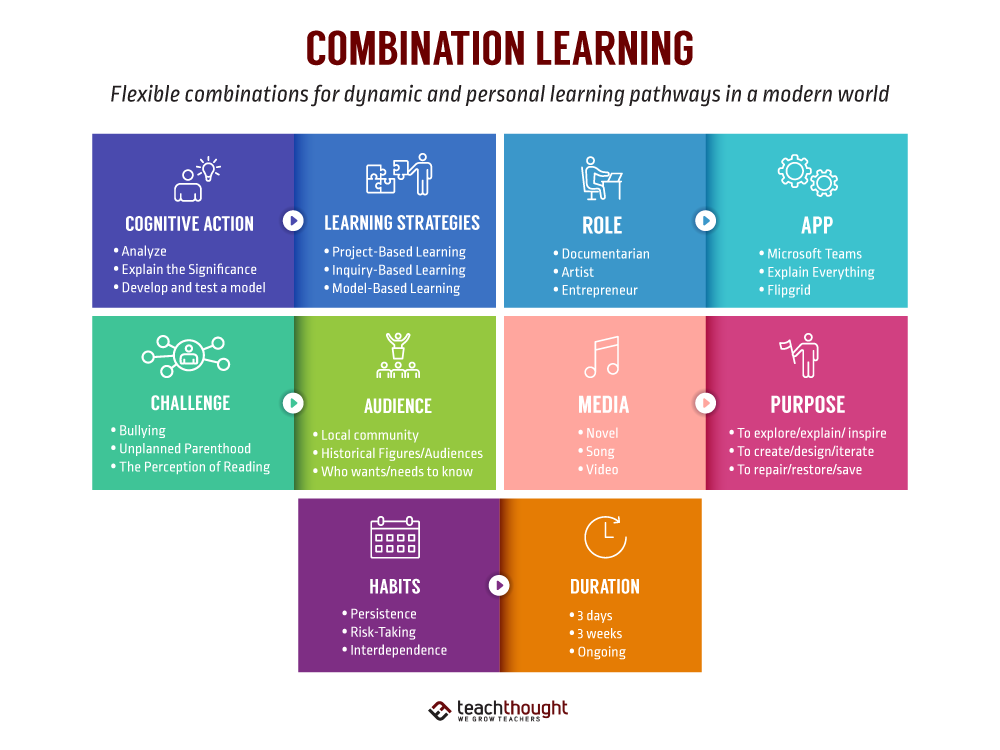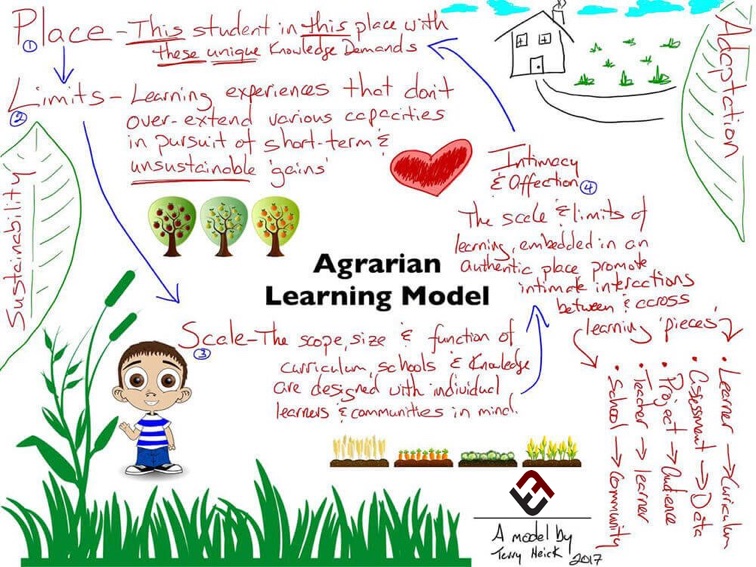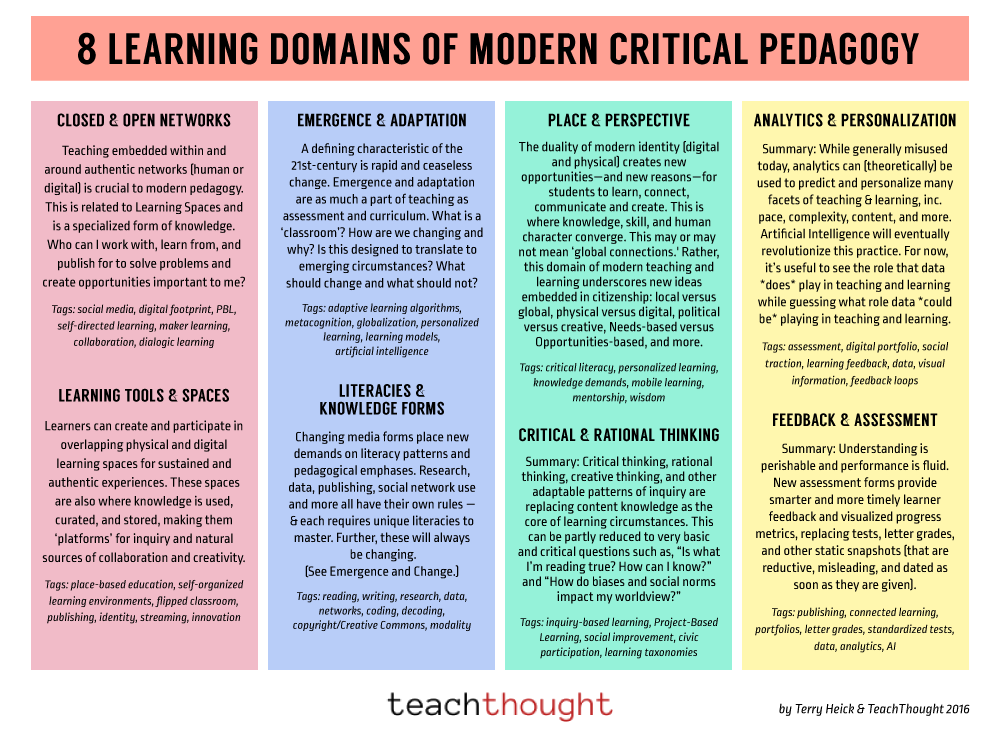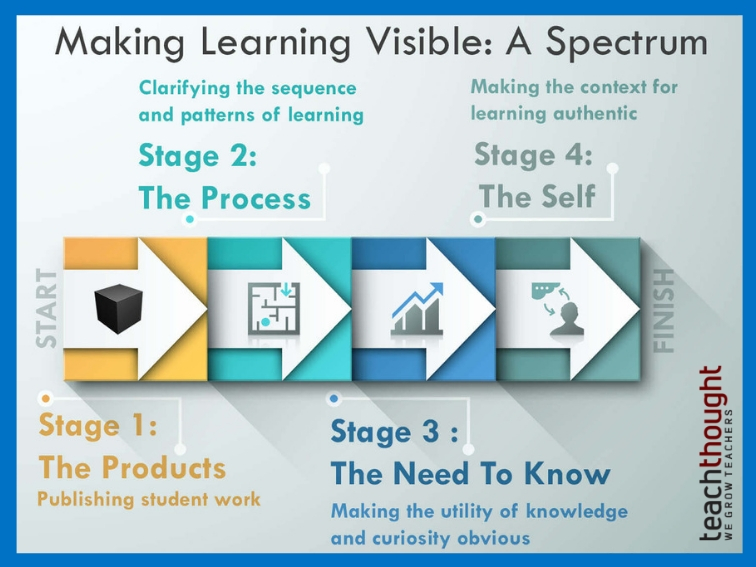Tag: Learning Models
4E Cognition: Integrating Mind, Body & Environment In Elementary…
4E cognition: How might we design learning environments that lead to constructive interaction of mind, body, and environment?
Question-Based Learning: A Definition
Question-based learning is a type of inquiry where the learner is guided by forming and refining a guiding question (or questions).
Modern Learning Strategies: 6 Channels Of 21st Century Learning
Learning channels’ refer to the unique pathways students most naturally–and powerfully–use to develop skills and understanding.
Me Learning: A Student-Centered Learning Model
Key questions of Me learning include, “What’s worth understanding?” and, “What’s worth doing with what I come to understand?”
The Definition Of Combination Learning
The definition of Combination Learning is learning through the flexible combination of two or more learning components.
7 Principles Of Sustainable Learning: An Agrarian Learning Model
Can we design a school that’s more inherently sustainable? Our 7 principles of sustainable learning focus on to place, limits, scale, &…
8 Learning Domains Of Modern Critical Pedagogy
How has teaching changed? What is 21st century pedagogy? Key elements include analytics, personalization, place, and perspective.
How To Make Learning Visible: A Spectrum
As we make learning visible, the process and sequence of learning is illuminated. This helps students see understanding as always evolving.
